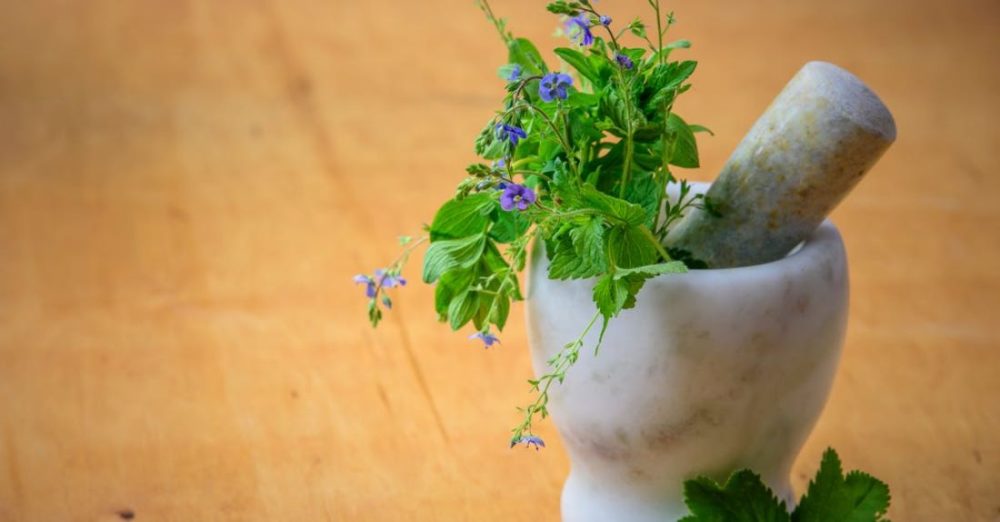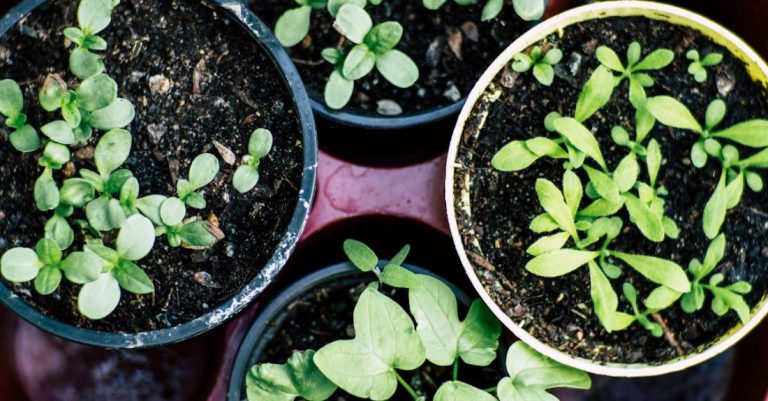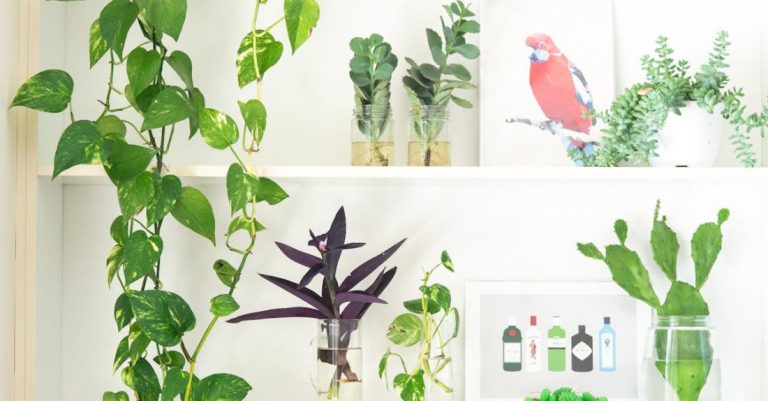
Growing herbs indoors is a fantastic way to have fresh flavors at your fingertips all year round. Whether you have a green thumb or are new to gardening, cultivating herbs indoors is a rewarding and practical endeavor. With the right tools, knowledge, and care, you can create a thriving indoor herb garden that enhances your culinary creations and adds a touch of green to your living space.
Selecting the Right Herbs
When it comes to growing herbs indoors, choosing the right herbs is key. Not all herbs thrive in indoor conditions, so it’s essential to select varieties that are well-suited to being grown inside. Some popular herbs that do well indoors include basil, mint, parsley, chives, cilantro, and thyme. These herbs are relatively low maintenance and can adapt to the conditions typically found indoors.
Choosing the Right Location
One of the most crucial factors in successfully growing herbs indoors is selecting the right location for your herb garden. Herbs need plenty of sunlight to thrive, so it’s essential to place your indoor herb garden in a spot that receives at least six hours of sunlight per day. A sunny windowsill, a well-lit kitchen counter, or a room with ample natural light are all great options for your indoor herb garden.
Providing Adequate Water and Drainage
Just like outdoor plants, herbs grown indoors require proper watering and drainage to stay healthy. Overwatering can lead to root rot, while under-watering can cause herbs to wilt and die. It’s essential to water your herbs when the top inch of soil feels dry to the touch. Make sure your herb pots have drainage holes to prevent water from accumulating at the bottom, which can also lead to root rot.
Choosing the Right Containers
Selecting the right containers for your indoor herb garden is crucial for the health and growth of your plants. Choose containers that are the appropriate size for the herbs you are growing and have good drainage. Terra cotta pots are a popular choice for growing herbs indoors as they allow for air circulation and help prevent overwatering. You can also get creative with your containers by upcycling tin cans, mason jars, or other household items.
Fertilizing Your Herbs
To ensure that your indoor herbs have the nutrients they need to thrive, it’s essential to fertilize them regularly. Choose a balanced, water-soluble fertilizer and follow the instructions on the packaging for the correct dosage. Be careful not to over-fertilize your herbs, as this can lead to nutrient imbalances and damage to the plants. Fertilize your herbs every 4-6 weeks during the growing season to promote healthy growth and robust flavors.
Pruning and Harvesting
Regular pruning and harvesting are essential for keeping your indoor herb garden healthy and productive. Pruning helps encourage new growth and prevents herbs from becoming leggy or overcrowded. When harvesting your herbs, use sharp scissors or pruning shears to cut the stems just above a set of leaves. This will encourage the plant to produce new growth and ensure a continuous supply of fresh herbs for your culinary creations.
Revamping Your Herb Garden
Over time, your indoor herb garden may need some revamping to keep it healthy and thriving. If you notice that your herbs are becoming overcrowded or leggy, consider repotting them into larger containers or dividing them into separate pots. You can also refresh the soil by replacing it with a fresh potting mix to replenish nutrients and improve drainage. Regularly inspect your herbs for signs of pests or disease and take action promptly to prevent any issues from spreading.
Incorporating Herbs into Your Daily Life
Once you have successfully grown your indoor herb garden, it’s time to start incorporating your fresh herbs into your daily life. Use them to add flavor to your favorite dishes, infuse oils and vinegars, make homemade teas, or create fragrant herb bouquets. The possibilities are endless when you have a thriving indoor herb garden at your disposal.
In conclusion, growing herbs indoors is a rewarding and practical way to have fresh flavors at your fingertips year-round. By selecting the right herbs, providing adequate light and water, choosing the right containers, fertilizing, pruning, and harvesting, and revamping your herb garden as needed, you can create a thriving indoor herb garden that enhances your culinary creations and adds a touch of green to your living space. So, roll up your sleeves, get your hands dirty, and start growing your indoor herb garden today!





